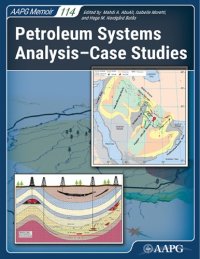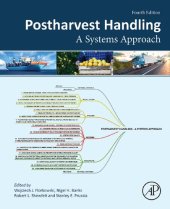"Petroleum systems analysis has come a long way from pure geochemical evaluation to integration of all petroleum elements, including source rock characteristics, hydrocarbon generation, expulsion and migration, traps, seals, and alterations of the hydrocarbon fluids and columns. Quantification of many of these processes is attempted by the use of more complex 3-D basin models. Huge research efforts have been done during the last twenty years to better calibrate basin models. This Memoir provides petroleum system experts a means of understanding the complexity of petroleum systems by providing examples and case studies from different parts of the world and highlighting one or more petroleum system issues. The outlook of petroleum system studies is currently just as challenging as when it started. Big strides are necessary in establishing a common ground for unifying the scale and resolution of basin models. Regional basin models that require large time steps and geometry cells have to be integrated with reservoir-scale models that normally use shorter time steps and grid points. The future lies in merging large basin models with reservoir simulation models to appropriately characterize the petroleum journey from source to reservoir, and further to constrain these models by integrating all available information from wells and seismic data."--Publisher's website. Read more...



















